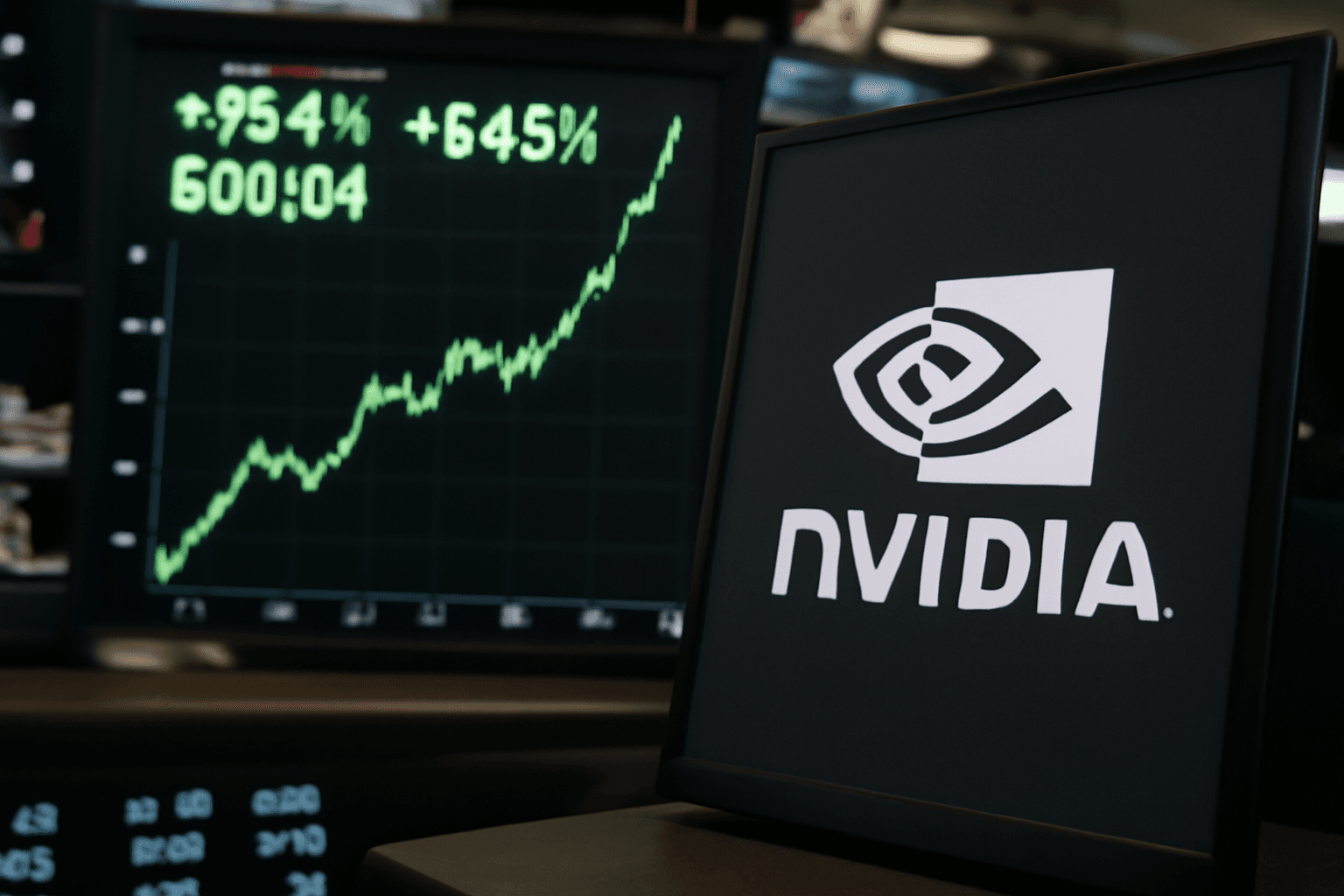AMD Reports Mixed Earnings Results as Revenue Surpasses Expectations
Advanced Micro Devices (AMD) unveiled its fiscal second-quarter results on Tuesday, revealing a complex financial picture. Although the chipmaker's revenue comfortably exceeded Wall Street forecasts, key earnings metrics came up short, triggering a roughly 3% dip in its stock during after-hours trading.
Quarterly Financial Breakdown
- Adjusted earnings per share: 48 cents vs. 49 cents expected
- Revenue: $7.69 billion vs. $7.42 billion expected
- Net income: $872 million, or 54 cents per share, compared to $265 million, or 16 cents per share, in the prior year
Looking ahead, AMD forecasts third-quarter revenue of $8.7 billion (+/- $300 million), outpacing consensus estimates of $8.3 billion.
The GPU Landscape: AMD's Role and Ongoing Challenges
In the fiercely competitive field of graphics processing units (GPUs), especially those powering artificial intelligence (AI) workloads, AMD stands as the second-largest player behind industry leader Nvidia. Despite Nvidia’s commanding majority market share, AMD is gaining traction with heavyweight AI customers like Meta and OpenAI, who are seeking cost-effective alternatives for large-scale AI deployment—particularly for inference tasks where models operate in real-world applications.
Strategic Product Launches and Industry Partnerships
During this quarter, AMD unveiled its roadmap for next-generation AI chips, notably the Instinct MI350, anticipated to launch next year. OpenAI’s CEO Sam Altman has publicly committed to incorporating AMD’s latest GPUs, marking a pivotal endorsement that could influence broader AI industry dynamics.
Export Controls Cloud Growth Prospects
However, AMD’s growth is tempered by the tightening U.S. export restrictions on certain AI chips, including the MI308 model. The U.S. government’s concerns revolve around preventing powerful GPUs from falling into the hands of foreign adversaries who might leverage them for advanced military or intelligence applications.
CEO Lisa Su candidly addressed these challenges, stating, "Our AI business revenue declined year over year due to U.S. export restrictions effectively eliminating MI308 sales to China, and the transition to our next-generation products." The export clampdown reportedly cost AMD around $800 million in the June quarter. Yet, there is cautious optimism about resuming shipments if export licenses are granted, as regulatory review processes are underway with the Department of Commerce.
Segment Performance Highlights
AMD's core businesses reveal divergent trajectories in a shifting tech ecosystem:
- Data Center Segment: Generated $3.2 billion in revenue, a 14% increase year-over-year, driven mainly by server CPUs competing against Intel.
- Client and Gaming Segment: Surged 69% annually to $3.6 billion, fueled by strong laptop and desktop CPU sales—especially the AMD Ryzen Zen 5 line—and soaring gaming GPU demand.
- Gaming Revenue: At $1.1 billion, it grew 73% from last year, supported by greater consumption of custom chips designed for gaming consoles alongside AMD’s dedicated GPUs.
Financial Margins and Competitive Positioning
AMD’s adjusted gross margin stood at 43%, but the company estimates it would have been around 54% absent export control costs. CEO Lisa Su emphasized the competitive strength of the Instinct MI350, noting, "Seven of the top ten model builders and AI companies use Instinct," highlighting AMD’s foothold in the AI hardware ecosystem despite market headwinds.
Echoes in U.S. Technology Policy and Industry Implications
This earnings release surfaces critical questions about the evolving intersection of geopolitics, technology innovation, and market competition. Export controls designed to contain China’s technological progress inadvertently impact American and allied firms' revenue streams, raising complex discussions about national security versus economic growth.
Moreover, as AI continues reshaping global industries, diversification of hardware suppliers beyond Nvidia is crucial to avoid single points of failure and foster innovation. AMD’s pursuit of next-gen AI chips positions it well to capitalize on this industry pivot—if regulatory uncertainties are navigated effectively.
Looking Forward: Key Takeaways and Industry Watchpoints
- How will AMD balance regulatory export challenges with its ambitions to grow in the AI GPU market?
- Can AMD’s next-generation GPUs meaningfully erode Nvidia’s dominance as AI workloads expand globally?
- What role will governmental policies play in shaping the future competitiveness of American semiconductor firms?
Editors' Note
AMD’s latest earnings report underscores the tightrope walk between innovation and regulation in today’s tech ecosystem. While revenue growth and promising AI partnerships suggest resilience and opportunity, export controls and fierce competition pose key hurdles. For policymakers and investors alike, AMD’s journey illustrates broader tensions at the nexus of technology leadership, geopolitics, and market dynamics. Observers should watch closely how these forces evolve amid accelerating global AI adoption.











